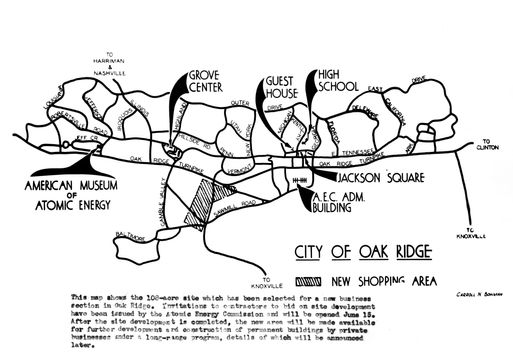BACKGROUND
Much is known about the health effects of exposure to radiation
when exposure is received all at once, and for a brief time.
%20and%20Nagasaki%20(right).jpg)
This is the sort of radiation experienced by populations like Japanese atomic bomb survivors, where exposure was received at a very high dose.
There is a major gap in epidemiological understanding, however, of the health effects experienced by populations exposed to radiation at lower doses, gradually over time.
The foundation of the Million Person Study is to fill that gap, using epidemiological methods of assessing rate and quality of mortality on a study group of one million persons exposed to this type of radiation.
COHORTS
The severn cohorts of the Million Person Study span American workers and veterans of the 20th century, from a variety of environments and occupations:
These include:
Manhattan Project Sites
Atomic Veterans
Nuclear Power Plant Workers
Industrial Radiographers
Medical Radiation Workers
Nuclear Submariners and Other
Radium Dial Workers
VISION
An epidemiological study of these populations at the scale of a million persons allows us to address the gap in understanding the effects of radiation exposure. With this understanding we can begin to accurately assess risks related to:

MEDICINE

ACCIDENTS OR TERRORISM

OCCUPATION

ENVIRONMENT

SPACE AND HIGH ALTITUDE TRAVEL

Thus far, the MPS has provided provocative insights into the possible range of health effects following low-level chronic radiation exposure. When the 34 MPS cohorts are completed and combined, a powerful evaluation of radiation-effects will be possible, up to and including a vision for a National Center for Radiation Epidemiology and Biology.
PARTICIPATING INSTITUTIONS




SPONSORING ORGANIZATIONS (past and present)




















